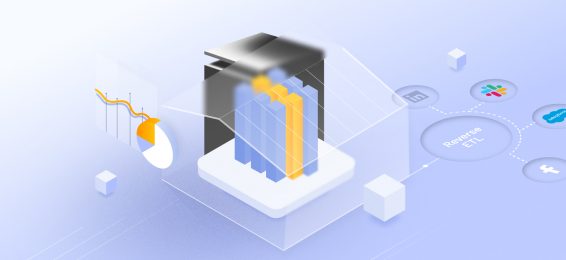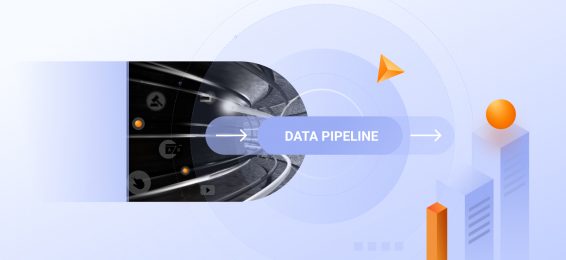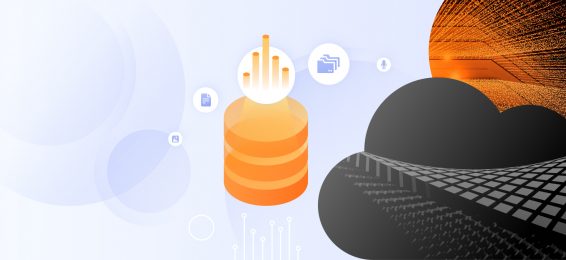What is Snowflake ELT?
Snowflake ELT refers to the application of the ELT process within the Snowflake data platform. Snowflake is a cloud-based data warehouse known for its scalability, performance, and ability to handle diverse data types. Using ELT for Snowflake enables organizations to load raw data into Snowflake and use its computational power to clean, transform, and structure the data for analytics. This approach minimizes the need for external ETL tools, leading many to ask, “Is Snowflake an ETL tool?” The answer is no—it’s a data warehouse optimized for ELT pipelines.
How does ELT differ from ETL?
The difference between ETL and ELT lies in the order and location of the transformation step. In ETL, data is extracted from a source, transformed in a staging area, and then loaded into the destination system. This approach often requires dedicated ETL tools and can be time-consuming.
In contrast, ELT pipelines load raw data directly into the target system and perform transformations there. This process eliminates the staging area, takes advantage of the processing power of cloud-based systems like Snowflake, and supports modern data strategies like dbt ELT workflows.
The ETL vs ELT difference is critical when deciding between the two approaches. For example, in ETL/ELT data pipelines, choosing between ETL or ELT depends on infrastructure and data transformation needs.
What are some popular ELT tools?
A wide range of ELT tools is available to help businesses automate and optimize their ELT data pipeline processes. Popular options include:
- Fivetran ELT: Automates the extraction and loading of data into cloud warehouses.
- Stitch: Offers simple and scalable ELT tools for diverse data sources.
- Matillion: Provides ELT pipelines tailored for cloud platforms like Snowflake and Redshift.
- dbt ELT: Focuses on transformation workflows directly in the data warehouse.
These tools streamline ETL/ELT pipelines, handle multiple data sources, and integrate seamlessly with modern cloud data warehouses, making the ETL to ELT transition smoother.
What is an ELT pipeline?
An ELT pipeline is a series of automated steps that move data from a source to a destination system, where it is transformed and prepared for analysis. Key components of an ELT data pipeline include:
- Data extraction: Collecting data from sources such as databases, APIs, or SaaS platforms.
- Data loading: Storing the raw data into a data warehouse like Snowflake or BigQuery.
- Data transformation: Cleaning, enriching, and structuring the data using SQL queries or built-in tools within the data warehouse.
Building an efficient ELT pipeline ensures data is processed quickly and accurately, enabling businesses to choose ETL vs. ELT which is better for their needs. Companies like Varicent rely on ELT pipelines to streamline data operations.
Why choose ELT over ETL?
The difference between ETL and ELT often drives the choice. ELT is generally preferred for modern data strategies because it:
- Leverages cloud resources: Utilizes the scalability of systems like Snowflake.
- Simplifies workflows: Reduces reliance on standalone transformation tools.
- Supports flexibility: Works well for ETL versus ELT scenarios where large datasets need real-time analysis.
However, the ETL/ELT difference depends on the organization’s goals. Whether it’s que es ELT or what is ETL and ELT, understanding the ETL versus ELT trade-offs is key to building robust ETL/ELT pipelines that meet evolving business needs.



